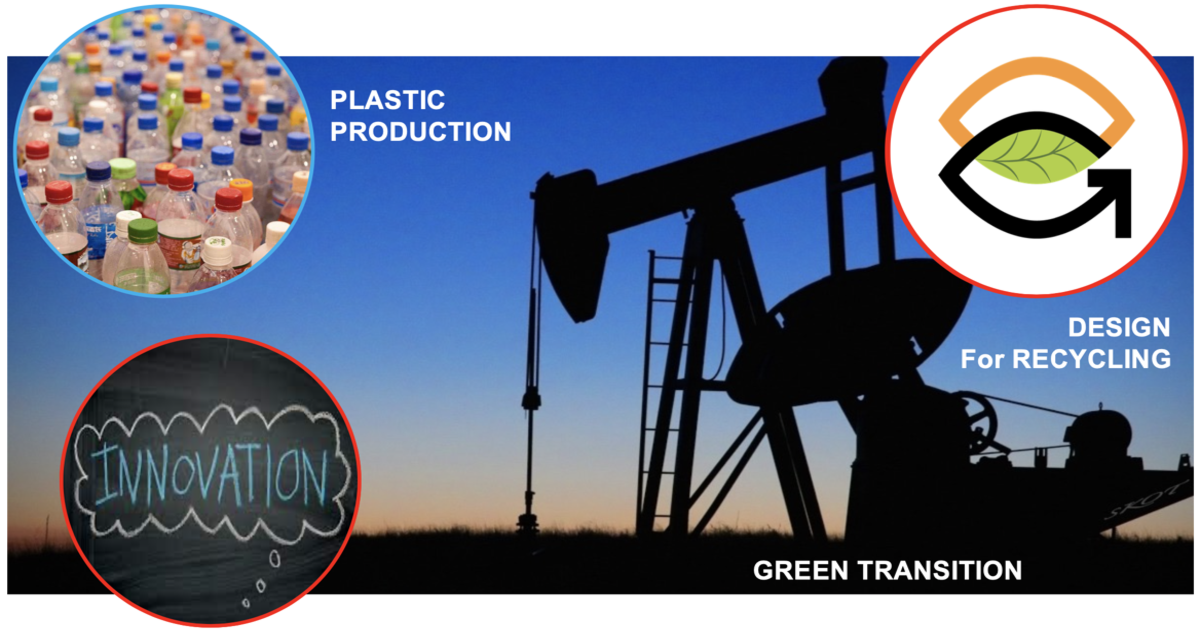- 3.2Impact Factor
- 6.4CiteScore
- 16 daysTime to First Decision
Recycling and Degradation of Polymeric Materials: Exploring Different Perspectives in Plastic Waste Management
This special issue belongs to the section “Polymeric Materials“.
Special Issue Information
Dear Colleagues,
In recent decades, plastics have become integral to our daily lives. However, a notable challenge arises from the short lifespan of many plastic products, particularly in packaging; this has led to a substantial volume of discarded items transforming into waste. The existing plastic waste management system has proven inadequate in coping with the escalating production and diverse range of plastic products. Consequently, the improper handling of plastic waste has resulted in a perilous dispersion of plastics in the natural environment, causing documented adverse effects on ecosystems and human health. Several strategies, such as the establishment of ambitious targets for recycled content in plastic products, the development of alternative and complementary recycling processes, and the promotion of eco-designs principles, are underway to address post-consumer plastics and alleviate their environmental impact.
Within this context, this Special Issue aims to provide a platform for thoughtful discussion on the recycling of polymer waste, with a holistic consideration of technological, economic, environmental, and social dimensions. The Special Issue aims to cover a range of topics, including but not limited to the following:
- The environmental fate of plastics;
- Characterization of post-consumer plastics for recyclability;
- Processes and technologies for post-consumer plastics recycling;
- Design principles for recyclability;
- Degradation processes of plastics in natural environments;
- Degradation processes of plastics in municipal solid waste management systems;
- Physicochemical properties of polymers during degradation;
- Development of new products from recycled plastics;
- Economic, social, and environmental aspects of plastics recycling;
- Case studies highlighting effective plastics recycling processes.
We encourage contributions that delve into these critical facets, fostering a comprehensive understanding of the challenges and opportunities in the realm of polymer waste recycling. Your valuable insights and research findings will contribute to advancing sustainable practices and mitigating the adverse impacts of plastic waste on our environment.
Dr. Sabino De Gisi
Dr. Andrea Sorrentino
Dr. Maria Oliviero
Dr. Giovanni Gadaleta
Guest Editors
Manuscript Submission Information
Manuscripts should be submitted online at www.mdpi.com by registering and logging in to this website. Once you are registered, click here to go to the submission form. Manuscripts can be submitted until the deadline. All submissions that pass pre-check are peer-reviewed. Accepted papers will be published continuously in the journal (as soon as accepted) and will be listed together on the special issue website. Research articles, review articles as well as short communications are invited. For planned papers, a title and short abstract (about 250 words) can be sent to the Editorial Office for assessment.
Submitted manuscripts should not have been published previously, nor be under consideration for publication elsewhere (except conference proceedings papers). All manuscripts are thoroughly refereed through a single-blind peer-review process. A guide for authors and other relevant information for submission of manuscripts is available on the Instructions for Authors page. Materials is an international peer-reviewed open access semimonthly journal published by MDPI.
Please visit the Instructions for Authors page before submitting a manuscript. The Article Processing Charge (APC) for publication in this open access journal is 2600 CHF (Swiss Francs). Submitted papers should be well formatted and use good English. Authors may use MDPI's English editing service prior to publication or during author revisions.
Keywords
- plastic waste
- plastic debris
- mechanical recycling
- chemical recycling
- producer responsibility extension
- sorting
- sustainable bioplastics
- decomposition
- recyclability design
- environmental design
- comprehensive lifecycle evaluation

Benefits of Publishing in a Special Issue
- Ease of navigation: Grouping papers by topic helps scholars navigate broad scope journals more efficiently.
- Greater discoverability: Special Issues support the reach and impact of scientific research. Articles in Special Issues are more discoverable and cited more frequently.
- Expansion of research network: Special Issues facilitate connections among authors, fostering scientific collaborations.
- External promotion: Articles in Special Issues are often promoted through the journal's social media, increasing their visibility.
- e-Book format: Special Issues with more than 10 articles can be published as dedicated e-books, ensuring wide and rapid dissemination.

